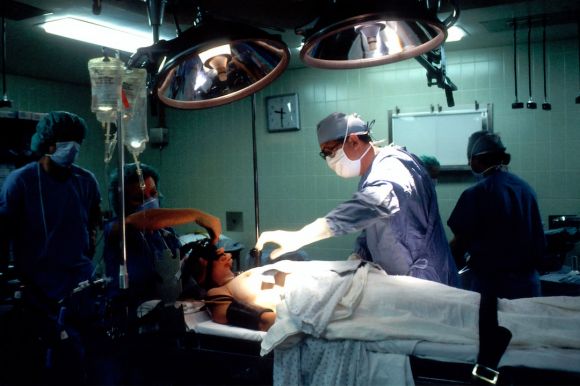In the world of metalworking, the introduction of heat treatment has revolutionized the way in which metals are manipulated and transformed. This process involves heating and cooling metal alloys in order to improve their mechanical properties, making them stronger, more durable, and more resistant to wear and tear. Heat treatment has become an essential technique in various industries, from automotive to aerospace, and has led to significant advancements in the field of metalworking. Let us explore the transformative power of heat treatment and its impact on the world of metalworking.
Enhancing Strength and Hardness
One of the primary benefits of heat treatment is its ability to enhance the strength and hardness of metal alloys. By subjecting metals to controlled heating and cooling processes, their internal structures are modified, resulting in improved mechanical properties. For instance, the process of quenching involves rapidly cooling a heated metal, which causes the atoms to become tightly packed together, resulting in increased hardness. This technique has been widely used in the manufacturing of tools, such as drill bits and cutting blades, where hardness is crucial for long-lasting performance.
Improving Ductility and Toughness
While hardness is important, metals also need to possess ductility and toughness to withstand various forms of stress. Heat treatment can also be used to improve these properties in metal alloys. For example, by annealing a metal, it is possible to relieve internal stresses and increase its ductility. This makes the metal more resistant to deformation, allowing it to be shaped into complex forms without cracking or breaking. Additionally, heat treatment can also increase the toughness of metals, making them better able to absorb energy and resist fractures. This has significant implications in industries such as construction and manufacturing, where the ability to withstand impact and loading is vital.
Enhancing Wear Resistance
Another area where heat treatment has had a transformative impact is in improving the wear resistance of metal alloys. Through techniques such as carburizing and nitriding, it is possible to introduce carbon and nitrogen atoms into the surface of metals, creating a hardened layer known as a case. This case provides a protective barrier against wear and friction, significantly extending the lifespan of components such as gears, bearings, and shafts. The ability to increase wear resistance has not only reduced maintenance costs but has also allowed for the development of more efficient and reliable machinery.
Controlling Microstructure
Heat treatment not only modifies the mechanical properties of metals but also allows for precise control over their microstructure. By carefully selecting heating and cooling rates, it is possible to manipulate the arrangement of atoms within a metal, resulting in different microstructural configurations. This control over the microstructure is crucial as it can greatly influence the overall performance of a metal alloy. For example, by controlling the grain size, it is possible to optimize properties such as strength, toughness, and corrosion resistance. This level of control has opened up new possibilities in the design and development of advanced materials for various applications.
Conclusion
The introduction of heat treatment has undoubtedly transformed the world of metalworking. By enhancing strength, hardness, ductility, and toughness, heat treatment has allowed for the creation of stronger, more durable, and more versatile metal alloys. Furthermore, by improving wear resistance and providing control over microstructure, heat treatment has paved the way for advancements in various industries, from automotive and aerospace to construction and manufacturing. As technology continues to advance, it is likely that heat treatment will continue to play a vital role in pushing the boundaries of what is possible in the world of metalworking.





